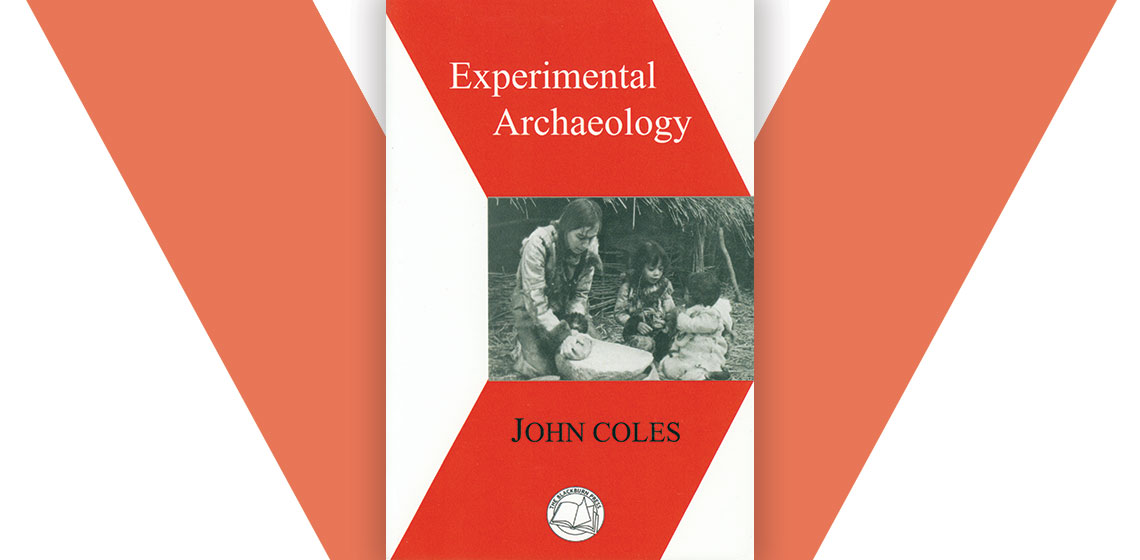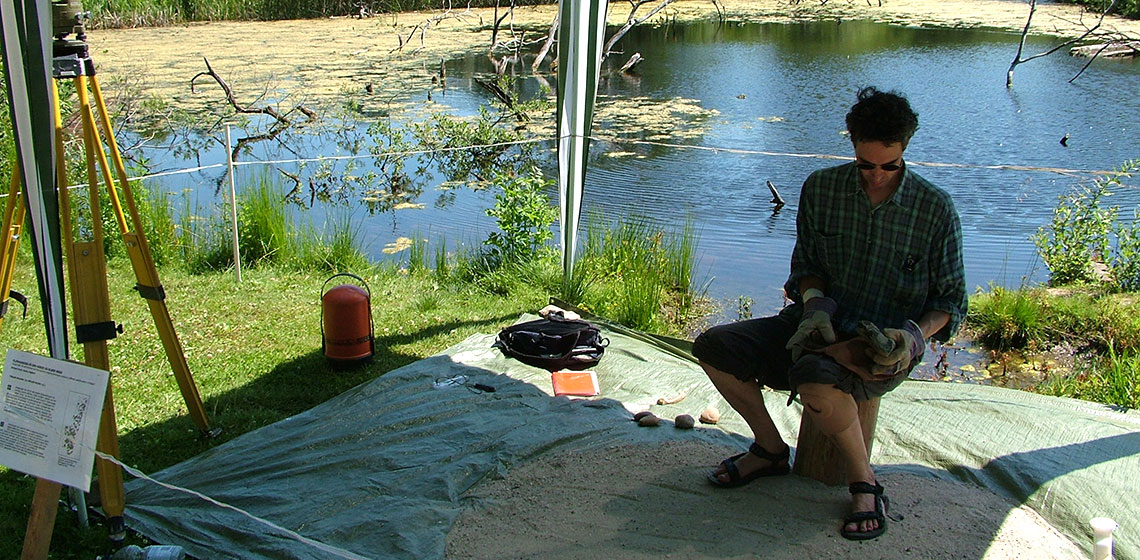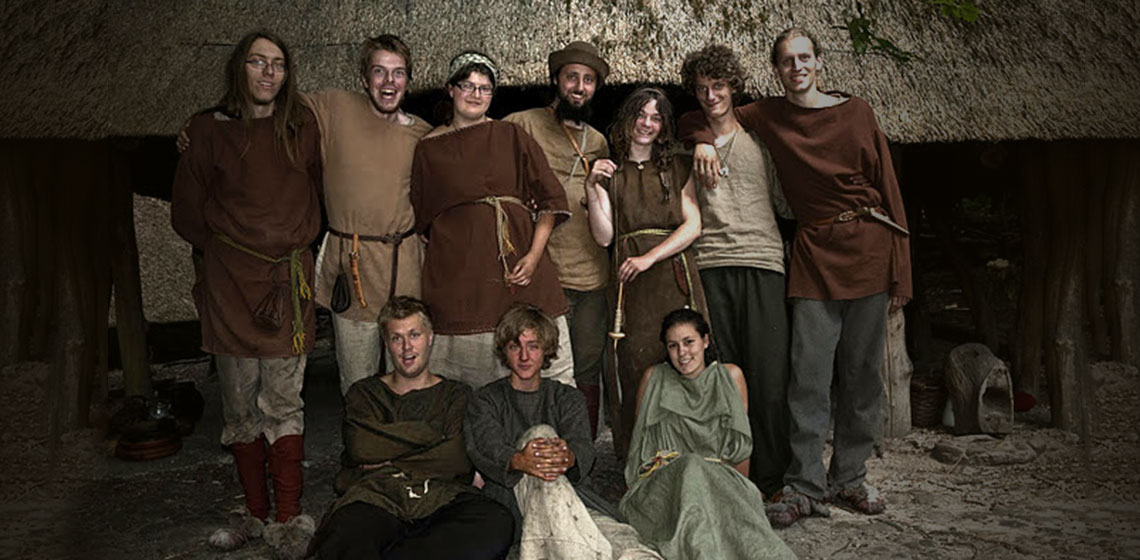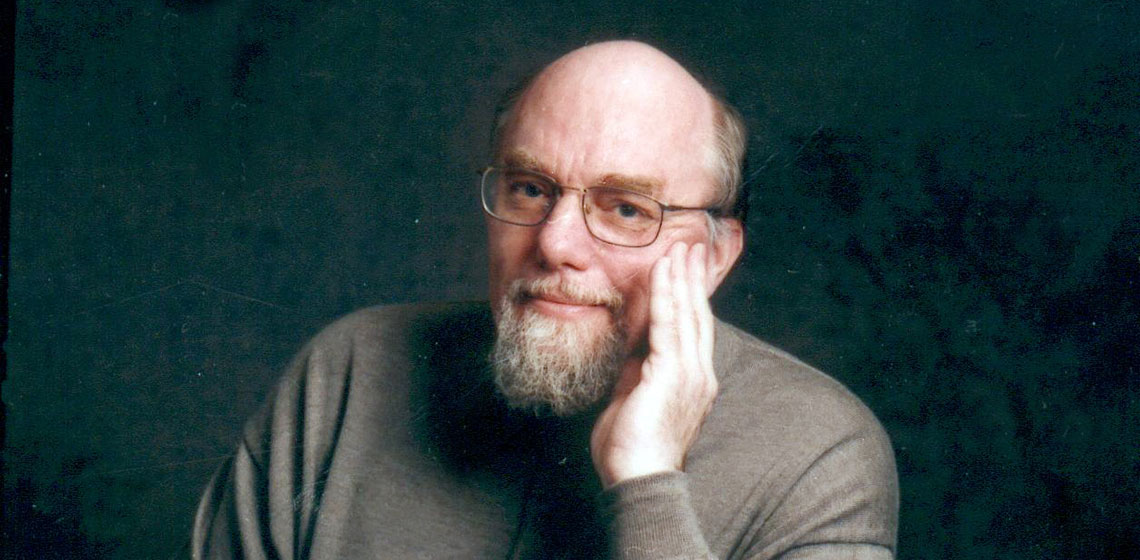Newest Era
Book Review: Experimental Archaeology by John Coles
It may appear odd or redundant to reprint a book that was published in 1979. The subject will have moved on, more will have been discovered, new techniques will have been developed. But this is partly the point: Experimental Archaeology by John Coles is a foundation text for the subject as a whole...
"But if you don't get any IRON..." Towards an Effective Method for Small Iron Smelting Furnaces
Building and operating a small bloomery iron furnace is certainly a wonderful public demonstration for any museum or living history site. It is however a complex technical process, with many individual factors combining for success. Over the last decade in North America, small teams of blacksmiths have developed predictable working methods through trial and much error. This direct practical experience can provide some insights into questions that even the best researched theories may not be able to solve.
The Experiment and the Umbrella - 10 Years of Experimental Archaeology
WEA’s Latest Life Experiment
The WEA, Society for Experimental Archaeology, is a sub-society of the NJBG, the Dutch Historical Youth Association. It is formed by youngsters aged 12 to 26 who enjoy participating in several aspects of living history. WEA offers them a chance to learn about history, set up their own archaeological experiments, and the opportunity to participate in living history for example by learning a...
Interview: Sensing History with Hans-Ole Hansen
An interview with Hans-Ole Hansen, founding father of the Lejre Research Centre (DK), historical workshops and inspirer to many.
"In Lejre, we worked 30 years with education and experiment. There is always an exchange between education and research."...





